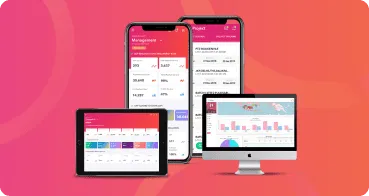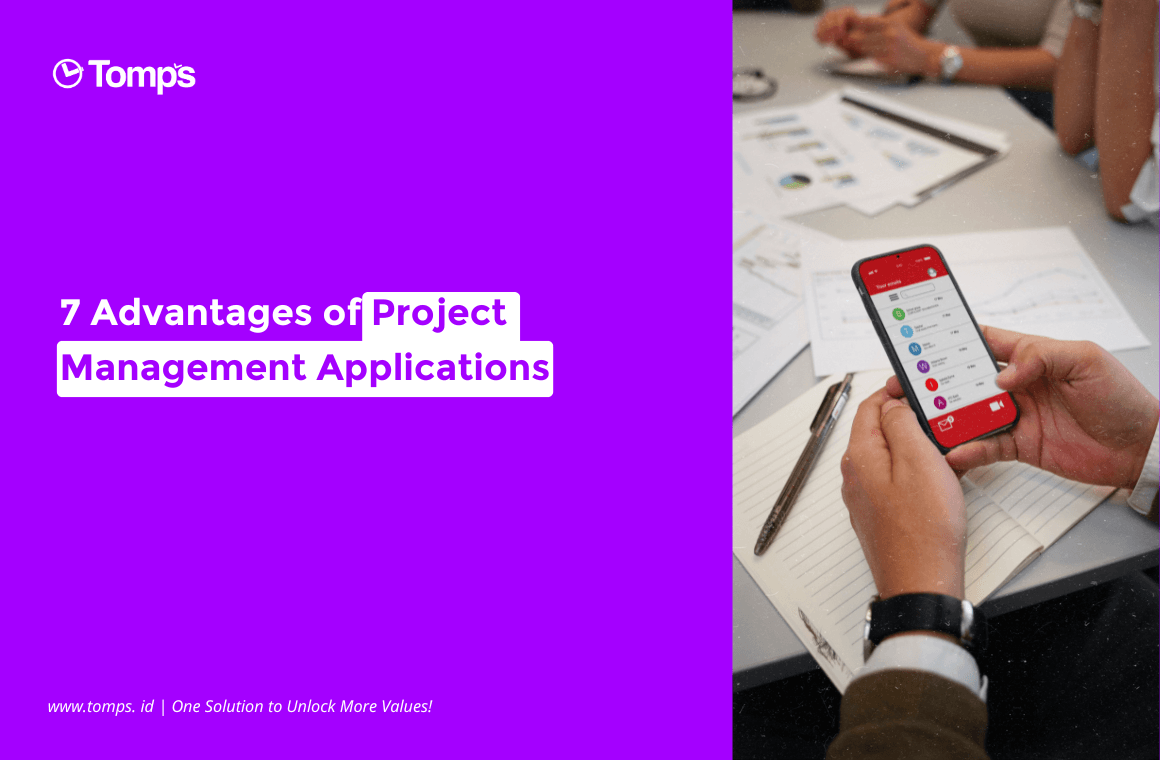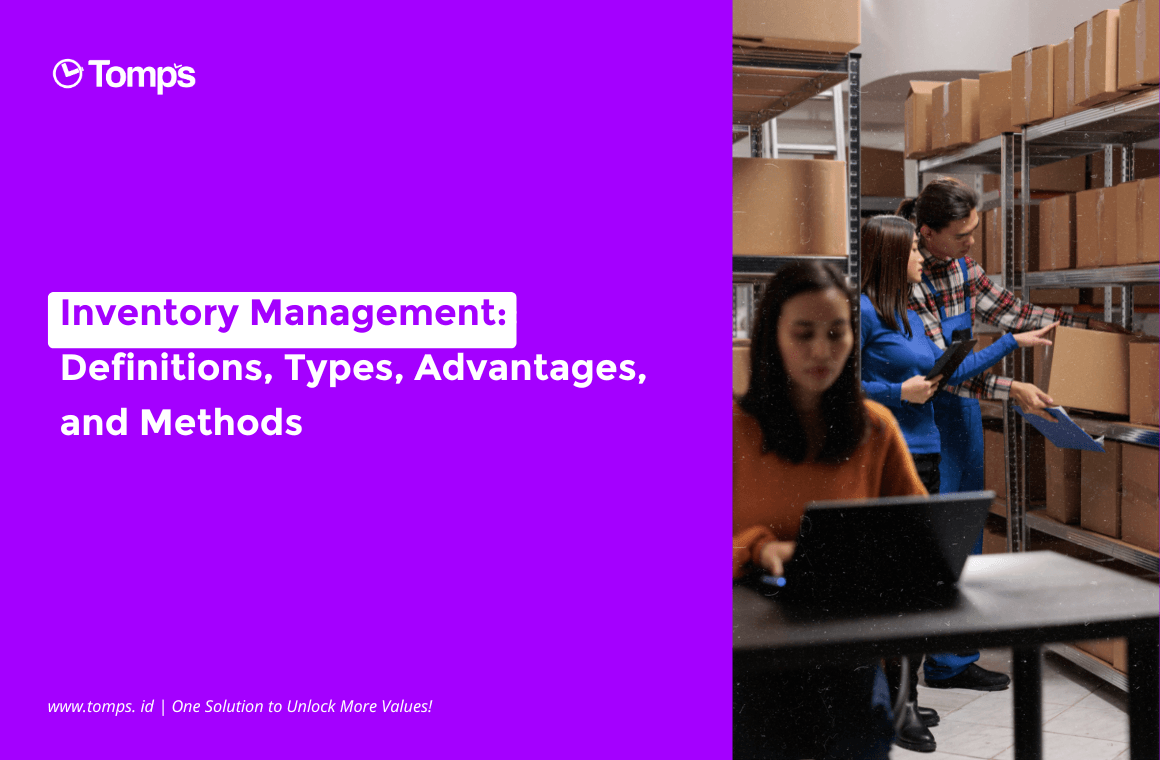Have you ever heard of the term CPM, the Critical Path Method? What exactly is a Critical Path? Currently, most project management methods use the Critical Path Method (CPM) methodology as their basic understanding methodology during their projects’ planning and scheduling stages.
Making a project roadmap lets you see what you need to do to achieve your end goal. This is where the critical path method comes in. Techniques for project management that define the central or essential tasks required to complete a project.
This method will help you manage task dependencies and set realistic timeframes with those on the ground. Learn more about the critical path method and how it can help your team optimize your project schedule.
What precisely is the Critical Path Method?
The Critical Path Method (CPM) is a technique for identifying project tasks and determining planning flexibility. This project management method consists of the most extended series of activities that CPM must complete on time to complete the project. Other parts of the project are automatically delayed when essential tasks are delayed.
CPM focuses on locating the most critical tasks on the project timeline, identifying task dependencies, and estimating task duration.
According to PMI, CPM was developed in the late 1950s to address the issue of rising costs caused by inefficient planning. CPM has since become synonymous with project management and task prioritization. CPM enables you to deconstruct complex projects into individual tasks and better understand project flexibility.
What is the significance of the Critical Path Method?
Creating a CPM is one of the most critical project management tasks. Starting with PMI, CPM assists in determining the order of work from start to finish. CPM is the planning phase of the Gantt chart’s sequence of activities and schedules. CPM can also assist you with:
- Improve plan identification: CPM can be used to compare expected and actual progress. CPM can use the current project’s data to inform future project plans.
- Estimate the time required for each project activity.
- CPM can compare expected and actual progress, allowing more effective resource management. CPM can use the current project’s data to inform future project plans.
- Concentrate on critical activity planning, scheduling, and management.
- Establish project milestones and outcomes.
- Determine actual stakeholder deadline expectations.
Steps for Developing a Critical Path Method
According to Harvard Business Review, to find or create a critical path method (CPM), you must consider the duration of essential and unimportant tasks; in this case, CPM can override the priority. The steps are broken down below, with examples.
1. Make a list of things to do.
The Work Breakdown Structure, or WBS, lists all project activities or tasks required to achieve the result. The WBS activity list serves as the foundation for the rest of the CPM.
For instance, your marketing department might create a new interactive blog post. When entered into the WBS, the following tasks are possible. When you and your team know everything and what to do in general, you can begin identifying task dependencies.
2. Estimate timelines and identify dependencies
You can now define tasks that are dependent on each other based on the WBS of each worker that has been shown. This will eventually aid in identifying work CPM can do alongside other tasks.
Using the preceding example, the dependency would be as follows:
- Task E is dependent on Task D.
- Task B is dependent on Task A.
- Between tasks C and B, they can run concurrently.
- Task F is reliant on tasks C, D, and E.
Later on, this dependent task is referred to as a series of activities you will use to determine the critical path.
3. Make network diagrams.
The work breakdown structure is then converted into a network diagram. A network diagram is a flow chart that depicts the sequence of events. Make a box for each task and use arrows to indicate task dependencies. Add time-bound components to your network diagram until you clearly understand the overall project timeline.
4. Task Duration Estimation
To compute a set of CPM tasks, we must first estimate the duration of each activity.
Try the following to estimate the time:
- Make educated guesses based on your experience and knowledge.
- Based on previous project data, this estimate
- Estimates based on industry standards
- Alternatively, try the forward and backward technique.
5. CPM should be calculated
CPM can be calculated manually; here are the steps to take if you want to calculate CPM manually.”
Step1: Write the first activity has a start time of 0 and an end time equal to the duration of action.
- The next activity’s start time is the previous activity’s end time, and the end time is the start time plus the duration.
- Apply this to all activities.
Step 2: Calculate the total length of the streak by looking at the end time of the last activity in the bar.
Step 3: The most extended series of activities enter the critical path.
6. Determine the Critical Path of Your Project.
Identifying the critical path in your project, beginning with the task list and project details
- Identifying project task dependencies
- Construct task network diagrams.
- Estimate the duration of each task.
- Determine the critical path using the most prolonged order.
- The total float should be calculated.
You can adequately identify critical paths in your project once you’ve created a network chart with time estimates and task delegation between teams. Examine the diagram and analyze the critical path by noting how long it takes in the most prolonged order.
Using the following parameters, create a critical path beginning with the most extended sequence:
- Early start – When the previous task is completed.
- Early completion – the shortest time and amount of time required to complete the assigned task.
- Late completion – all activities completed without exceeding the deadline.
- Late start – The time it took to complete the job is less than the time it took to finish it.
The Critical Path Method in Action
CPM provides visibility into project progress, allowing you to track tasks and completion times. Other CPM implementations are listed below.
Compacting Timetable
While not ideal, you may be able to advance your project deadlines. In this case, two schedule compression techniques can be used: fast tracking and crashes.
Rapid Tracking
Shows the critical path and activities that can be completed concurrently. Parallelizing processes reduces total time.
Crash
This process entails allocating more resources to accelerate activities. Before purchasing additional resources, ensure that they are within the project’s scope and that any changes are communicated to stakeholders.
The Critical Path method assists you in determining the best strategy to meet the new deadlines.
Overcoming Scarcity of Resources
Remember that CPM does not consider resource availability. When there is a scarcity of resources, such as a team member who is overwhelmed or under-equipped, a resource equalization technique can be used to solve the problem.
This technique aims to solve the problem of resource over-allocation by allowing the project to be completed with available resources as the project progresses.
Resource balancing is accomplished by adjusting project start and end dates, so you may need to readjust to CPM or use this technique if project activities are running late.
Future Data Collection
Because predicted activity times and durations are used, CPM-generated schedules are susceptible to change. As the project advances, you can contrast the projected critical path with the actual one.
Future projects can make better task duration estimates using this data as a guide.
That concludes our examination of the critical path. Hopefully, your input will help to improve project management quality.
Tomps.id, the flagship for all projects, keeps you updated with the most recent project management information!







